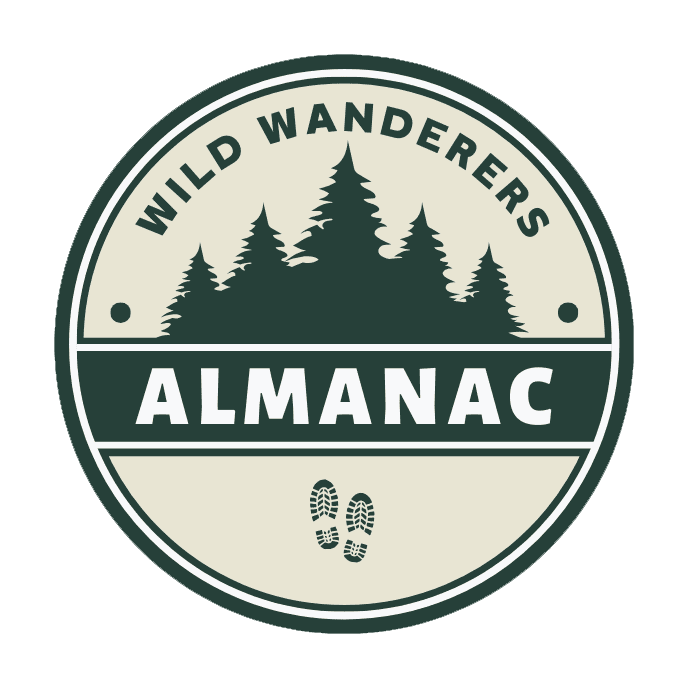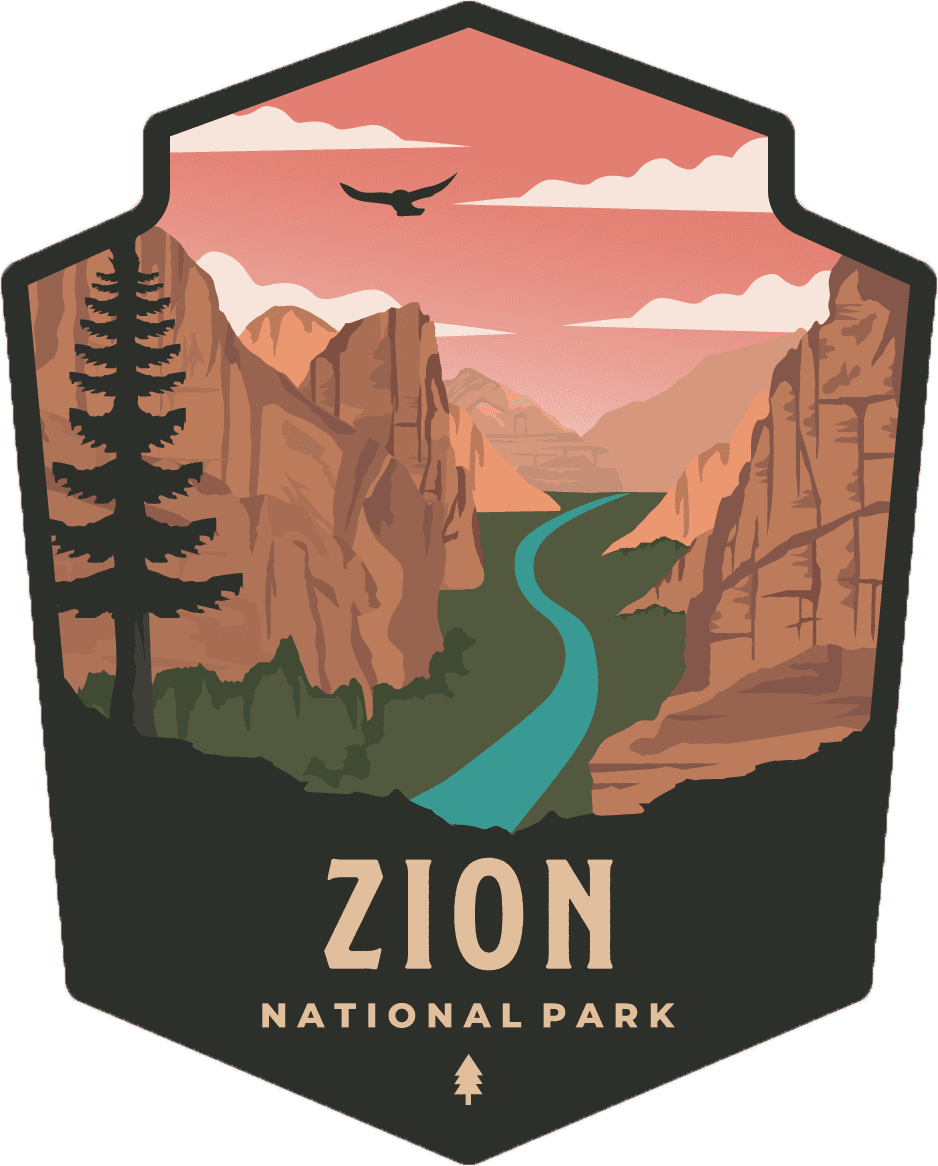Park Information Quick Facts
Location: Utah
Park Size: 148,016 Acres
Time Needed: 1-3 days
Best Season: Spring – Fall
Must Do: The Narrows
Lodging: Campsites in and around the park
Pro Tips:Arrive early in the morning to beat the crowds and secure parking, especially during peak season. You’ll also catch cooler temperatures for hiking and enjoy quieter trails.
Visitor Centers
Zion National Park has two main visitor centers designed to provide guests with essential information, resources, and a deeper understanding of the park’s natural and cultural significance. The Zion Canyon Visitor Center, located near the park’s main entrance, is the primary hub for visitors. It offers a variety of educational exhibits, maps, and displays about the park’s geology, history, and wildlife. Park rangers are available to answer questions, and the center also provides up-to-date information on trail conditions, road closures, and safety guidelines. The Zion Canyon Shuttle System departs from this visitor center, offering an efficient way to explore the park while reducing congestion and environmental impact.
Plan Your Zion Adventure Today!

Getting There
How to Travel to Zion National Park
Traveling to Zion National Park begins with choosing your preferred route and mode of transportation. The park is located in southwestern Utah, near the town of Springdale, and is easily accessible by car. If you’re flying, the closest major airports are McCarran International Airport in Las Vegas (about a 2.5-hour drive) and Salt Lake City International Airport (approximately 4.5 hours away). Renting a car is recommended for flexibility in exploring the region. For those embarking on a road trip, scenic highways such as Interstate 15 or U.S. Route 89 offer beautiful drives through the desert landscape.
Once at Zion, parking can be limited, especially during peak seasons, so the park provides a convenient shuttle service from the nearby town of Springdale into the park’s main areas. The shuttle system is the best way to reach popular spots like the Zion Canyon Visitor Center, The Grotto, and trailheads for Angels Landing and The Narrows. During the off-season, visitors may drive directly into the canyon. If you’re staying nearby, many accommodations offer shuttle service to the park, helping ease the logistics of getting around.
Many of the park’s main attractions, like Badwater Basin, Dante’s View, and the Mesquite Flat Sand Dunes, are accessible via paved roads. For more remote areas, like the Racetrack Playa or Telescope Peak, a high-clearance vehicle is recommended. Cell service is limited within the park, so having a physical map and plenty of water is crucial. With proper preparation, a trip to Death Valley can be a remarkable adventure into one of the most extreme and beautiful environments in the world.
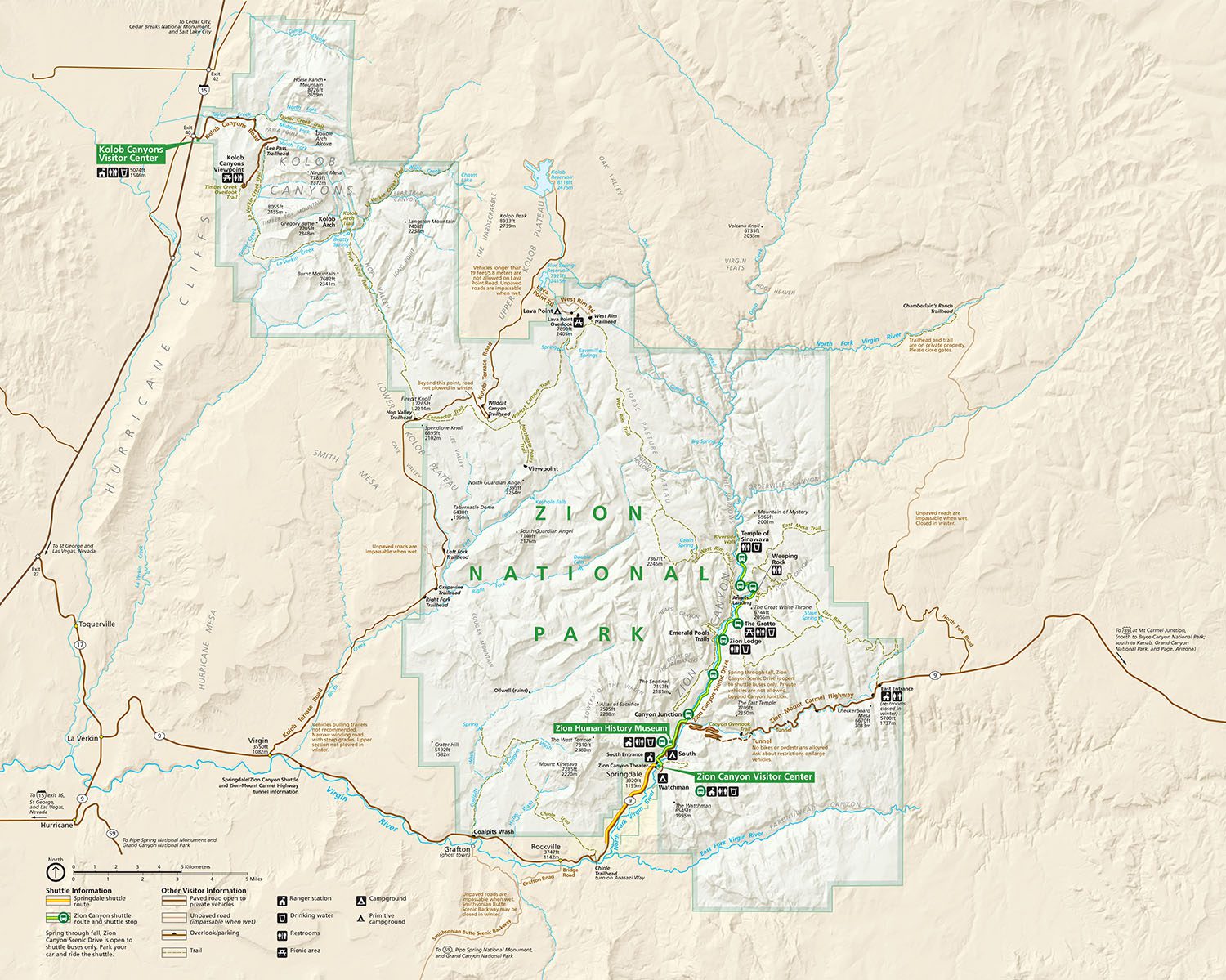
Campsites
Watchman Campground
- Location: Near the South Entrance, just outside the town of Springdale.
- Reservations: Available year-round (highly recommended, especially during peak season).
- Amenities: This campground has 176 sites, with both tent and RV sites. It offers picnic tables, fire pits, drinking water, restrooms, and a dump station for RVs. There are no hookups for RVs, but the campground is close to the Zion Canyon Shuttle System and the Visitor Center.
- Season: Open year-round, but reservations are more likely to be available in the off-season (winter).
- Features: Watchman Campground is known for its proximity to the park’s popular trails and scenic areas. Sites offer stunning views of the Watchman, a prominent rock formation.
South Campground
- Location: Close to the Zion Canyon Visitor Center, making it convenient for accessing park shuttle buses.
- Reservations: Available seasonally (typically March through late November).
- Amenities: South Campground has 117 campsites, including both tent and RV sites. It offers picnic tables, fire pits, drinking water, and restrooms. There are no RV hookups here either.
- Season: Open March through late November.
- Features: The campground is conveniently located near the park’s main shuttle route and is popular due to its proximity to Zion’s popular hiking trails like Angels Landing.
Lava Point Campground
- Location: Located in the Kolob Canyons section of Zion National Park, about 11 miles from Highway 9.
- Reservations: First-come, first-served, typically open May through October.
- Amenities: This small, primitive campground has 6 campsites. It offers picnic tables, fire pits, vault toilets, and drinking water. There are no RV hookups, but it is a quieter, less crowded area compared to the main park.
- Season: Open May to October, weather permitting.
- Features: Lava Point is located at a higher elevation, providing cooler temperatures and a more remote, peaceful camping experience. It’s an excellent choice for those seeking solitude and an opportunity to explore the northern parts of the park.
Kolob Canyons Campground
- Location: Located near the Kolob Canyons Visitor Center in the northern section of the park.
- Reservations: First-come, first-served.
- Amenities: This campground has 14 campsites, providing picnic tables, fire pits, vault toilets, and drinking water. There are no RV hookups, and the area is smaller and more rustic than the larger campgrounds in Zion Canyon.
- Season: Open March through October.
- Features: It offers a peaceful camping experience with easy access to the Kolob Canyons area for hiking and scenic drives. It is a great spot for visitors who want to explore a quieter part of the park.
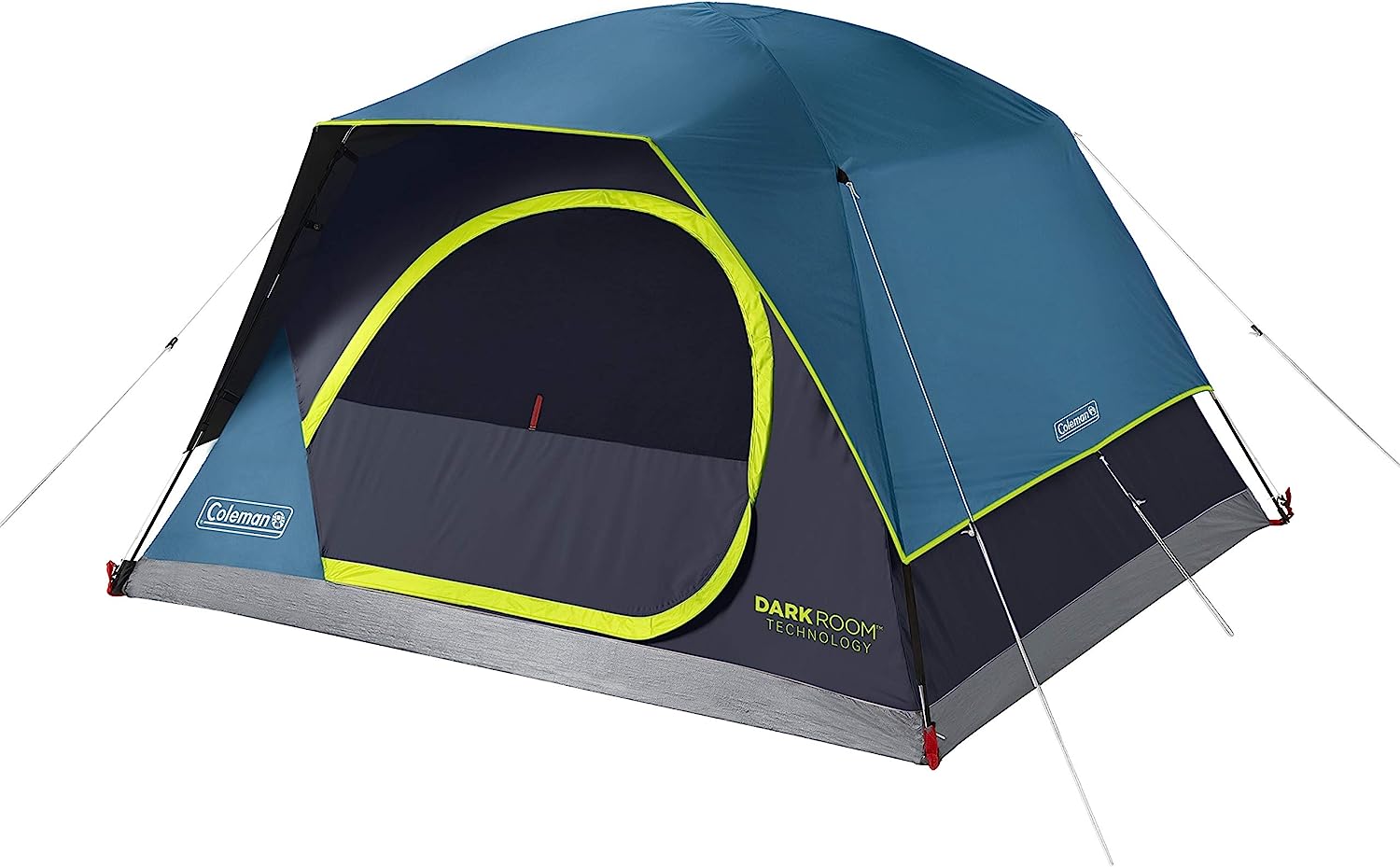
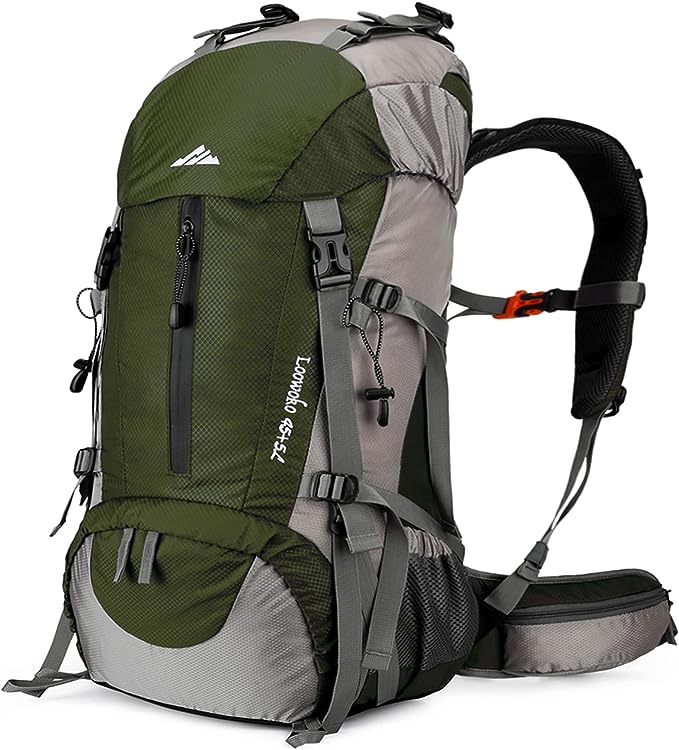
Important Notes
- Fire Restrictions: Fire regulations vary depending on the season and weather conditions. Campfires may be restricted during dry periods, so always check current fire rules before starting a fire or using a stove.
- Facilities: While Watchman and South Campgrounds have restrooms, water, and picnic tables, there are no showers or hookups (except electric at some Watchman sites). Lava Point Campground is more primitive, with no water, so bring enough supplies for your stay.
- Weather Considerations: Zion experiences extreme temperatures, from hot summers to cold winters. Be prepared with appropriate gear and clothing for both daytime hikes and cooler nights. Flash flooding can also occur, particularly in slot canyons, so always check weather conditions before heading out.
Popular Hiking Trails
Angels Landing
- Difficulty: Strenuous
- Distance: 5.4 miles (8.7 km) round trip
- Elevation Gain: 1,488 feet (453 meters)
- Description: One of Zion’s most famous and challenging hikes, Angels Landing takes you up a narrow ridge with steep drop-offs, offering stunning panoramic views of Zion Canyon. The final section involves navigating chains bolted into the rock for support, making it suitable only for experienced hikers.
- Time: 4-5 hours
- Season: Open year-round (weather permitting), but can be crowded in peak season.
Observation Point
- Difficulty: Strenuous
- Distance: 8 miles (12.9 km) round trip
- Elevation Gain: 2,148 feet (654 meters)
- Description: Offering one of the most breathtaking views of Zion Canyon, this hike takes you to an elevated viewpoint that looks down on the entire Zion Canyon, including Angels Landing. The trail ascends steeply and provides varied landscapes, including forests, rock formations, and panoramic vistas.
- Time: 4-6 hours
- Season: Open year-round, but it can be strenuous in hot weather.
The Grotto Trail
- Difficulty: Easy
- Distance: 0.5 miles (0.8 km) one way
- Elevation Gain: 100 feet (30 meters)
- Description: A short and easy hike that connects the Zion Canyon Scenic Drive to The Grotto, a scenic area by the Virgin River. It’s an ideal trail for those looking for a simple, scenic walk.
- Time: 30 minutes
- Season: Year-round.
Riverside Walk
- Difficulty: Easy
- Distance: 2.2 miles (3.5 km) round trip
- Elevation Gain: 100 feet (30 meters)
- Description: This easy, paved trail follows the Virgin River, offering beautiful views of the surrounding canyon walls and lush riparian areas. It’s a great option for families and those looking for a gentle stroll with stunning scenery.
- Time: 1-1.5 hours
- Season: Open year-round.
Hidden Canyon Trail
- Difficulty: Moderate to strenuous
- Distance: 3 miles (4.8 km) round trip
- Elevation Gain: 850 feet (259 meters)
- Description: This trail leads to a secluded, narrow canyon, where you can enjoy spectacular views of Zion Canyon. The hike includes some steep sections and a portion where hikers must navigate along the edge of a cliff, aided by chains bolted into the rock for safety.
- Time: 2-3 hours
- Season: Open year-round, but can be treacherous in icy conditions.
Emerald Pools
- Difficulty: Easy to moderate
- Distance: 1.2-3 miles (1.9-4.8 km), depending on the route
- Elevation Gain: 250-500 feet (76-152 meters), depending on the route
- Description: This trail leads to a series of beautiful pools, including the Lower, Middle, and Upper Emerald Pools. The hike is relatively short and offers a pleasant journey through lush vegetation, rock formations, and scenic views of waterfalls (depending on the season).
- Time: 1-3 hours
- Season: Open year-round.
West Rim Trail
- Difficulty: Strenuous
- Distance: 14.9 miles (24 km) one way
- Elevation Gain: 3,200 feet (975 meters)
- Description: The West Rim Trail provides a longer, more remote hiking experience with stunning views of the park’s canyons and rock formations. It is often used as part of the route for a multi-day backpacking trip, but day hikers can enjoy sections of the trail as well.
- Time: 7-10 hours for a one-way hike
- Season: Open year-round, but summer heat can make the hike more challenging.
The Narrows
- Difficulty: Moderate to strenuous
- Distance: Varies (up to 9.4 miles one way)
- Elevation Gain: Minimal
- Description: The Narrows is a unique and popular hike through the Virgin River in Zion Canyon, where hikers wade through water and walk between towering canyon walls. The trail can be as short as a few miles or extended further, depending on the water levels and conditions. It is recommended to check for conditions, as the river can become dangerous during high water.
- Time: 4-8 hours, depending on the distance
- Season: Typically available from spring through fall, as the river’s flow is safer then.
Kolob Canyons Trail
- Difficulty: Moderate
- Distance: 5 miles (8 km) round trip
- Elevation Gain: 1,200 feet (366 meters)
- Description: A scenic trail in the northern part of the park, the Kolob Canyons Trail offers beautiful views of the Kolob Canyons, a less visited but equally spectacular area of Zion. The hike takes you to a scenic viewpoint with expansive views of the red rock landscape.
- Time: 3-4 hours
- Season: Open year-round, with fewer crowds than the main canyon.
Pa'rus Trail
- Difficulty: Easy
- Distance: 3.5 miles (5.6 km) round trip
- Elevation Gain: 100 feet (30 meters)
- Description: This paved trail follows the Virgin River and provides a scenic walk through the lower Zion Canyon. It’s suitable for biking, walking, and offers views of Zion’s impressive rock formations.
- Time: 1.5-2 hours
- Season: Open year-round.
Hiking Trails in Zion National Park
Hiking at Zion National Park offers an unparalleled experience, with a wide range of trails catering to hikers of all levels. From easy strolls along the Virgin River to challenging, strenuous routes that push the limits of even seasoned adventurers, Zion’s diverse terrain makes it a hiker’s paradise. The park’s iconic trails, such as Angels Landing and The Narrows, are world-renowned for their breathtaking scenery, offering stunning views of red sandstone cliffs, deep canyons, and vibrant desert landscapes. Whether you’re looking for a short hike to a waterfall or a multi-day backpacking trek, Zion has something for everyone.
For those seeking an easier hiking experience, Zion features several shorter, well-maintained trails like the Riverside Walk and the Emerald Pools Trail. These paths meander through lush vegetation and along the Virgin River, offering incredible views of Zion Canyon without requiring a strenuous effort. The Riverside Walk, a paved trail, is perfect for families or those with limited time, while the Emerald Pools Trail provides the chance to explore beautiful pools and shaded areas, making it a refreshing option during warmer months. These trails are ideal for those looking to enjoy the park’s beauty in a more relaxed way.
Wildlife at the Park
Zion National Park is home to a diverse array of wildlife, offering visitors the chance to see a variety of animals in their natural habitats. The park’s varied ecosystems, from desert landscapes to lush riparian zones, support a rich diversity of species. Among the most iconic animals in Zion are the bighorn sheep, which can often be seen scaling the park’s rugged cliffs. These resilient animals have adapted to the steep terrain, making them a fascinating sight for wildlife enthusiasts. Other mammals that inhabit Zion include mule deer, mountain lions, and the occasional bobcat, though these more elusive predators are harder to spot.

Birdwatchers will find Zion to be a paradise, with over 200 species of birds recorded within the park. The most famous bird in Zion is the California condor, a massive and endangered species that has been reintroduced to the area as part of a recovery program. Hikers may also encounter peregrine falcons, golden eagles, and a variety of songbirds that thrive in the park’s diverse environments. The riparian areas near the Virgin River are particularly rich in birdlife, with species like the American dipper and the common yellowthroat frequently seen along the water’s edge.

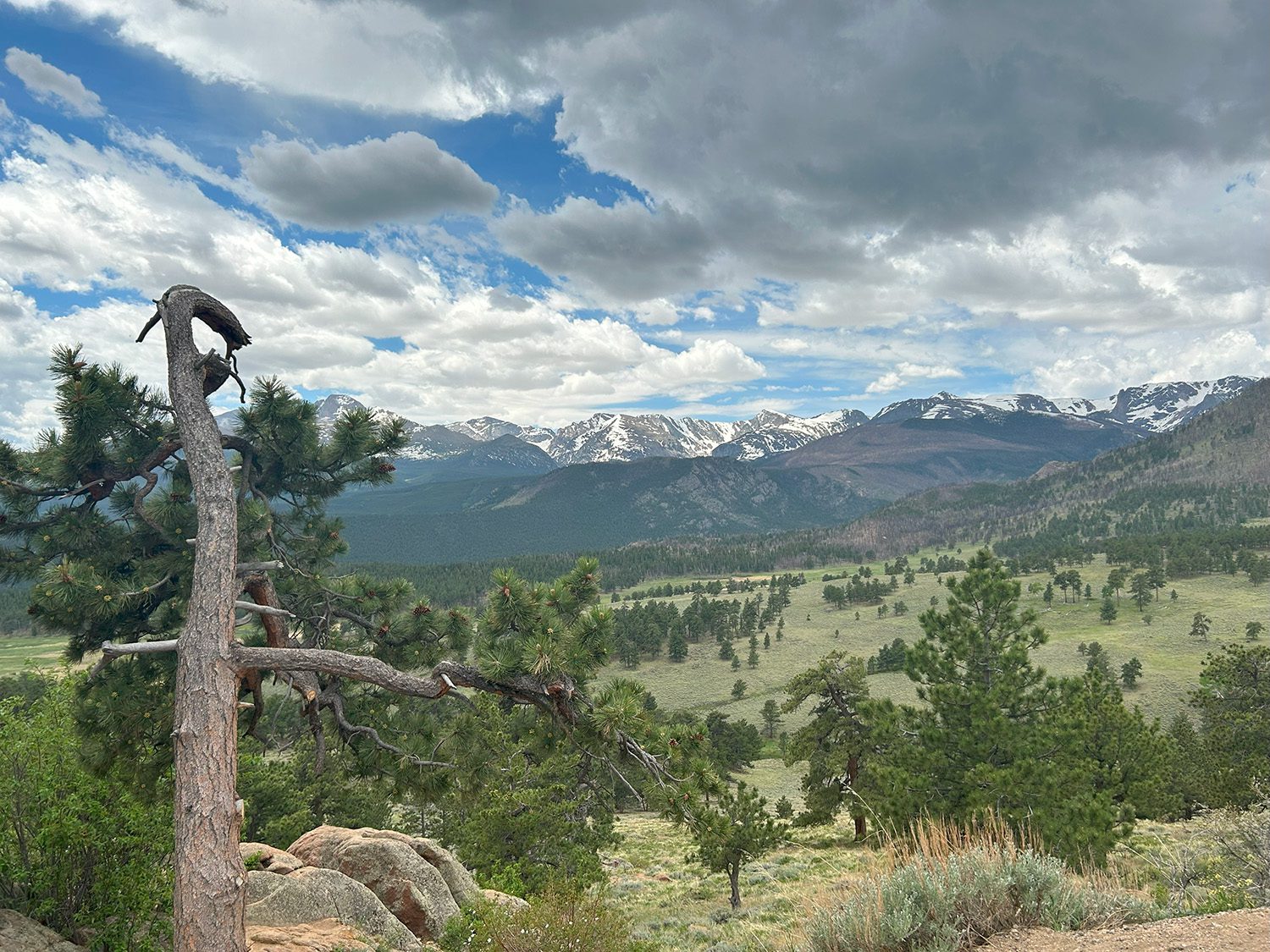
Gear We Used

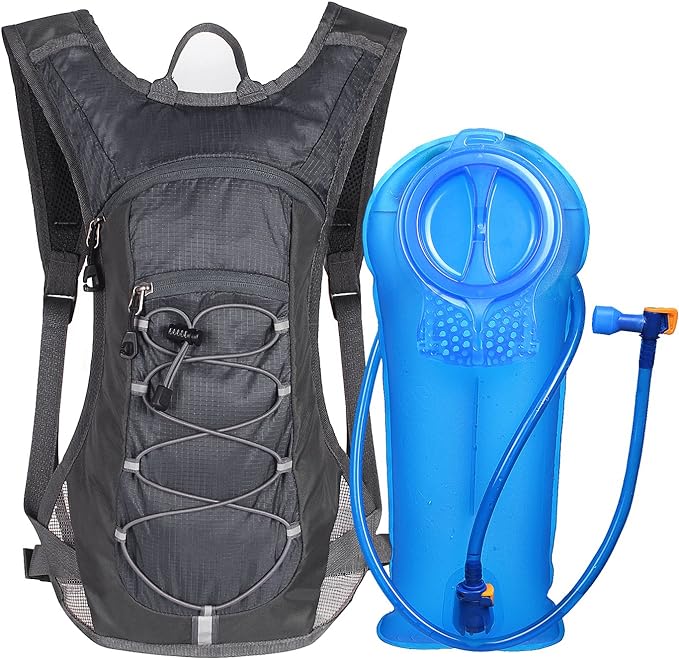
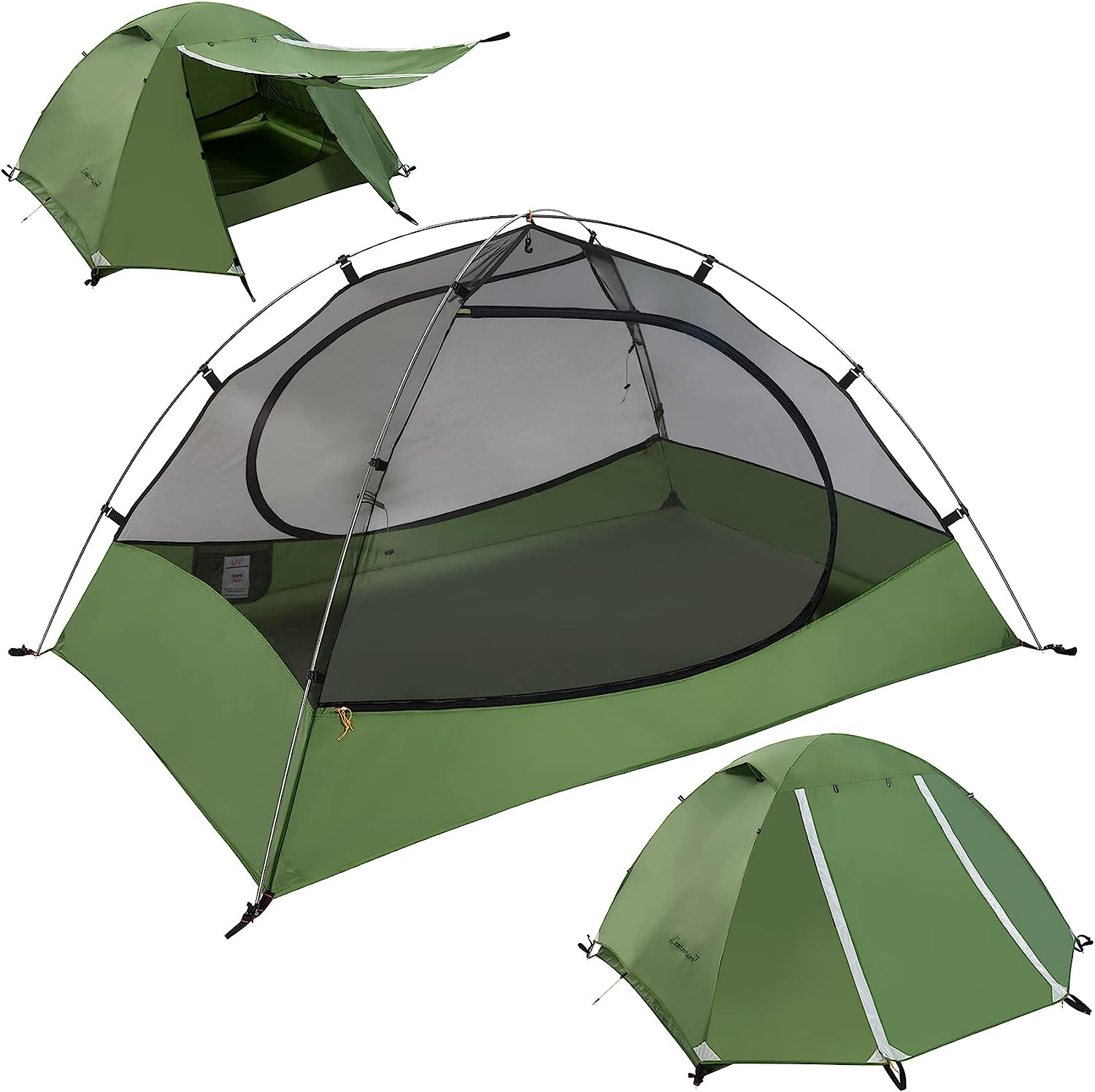
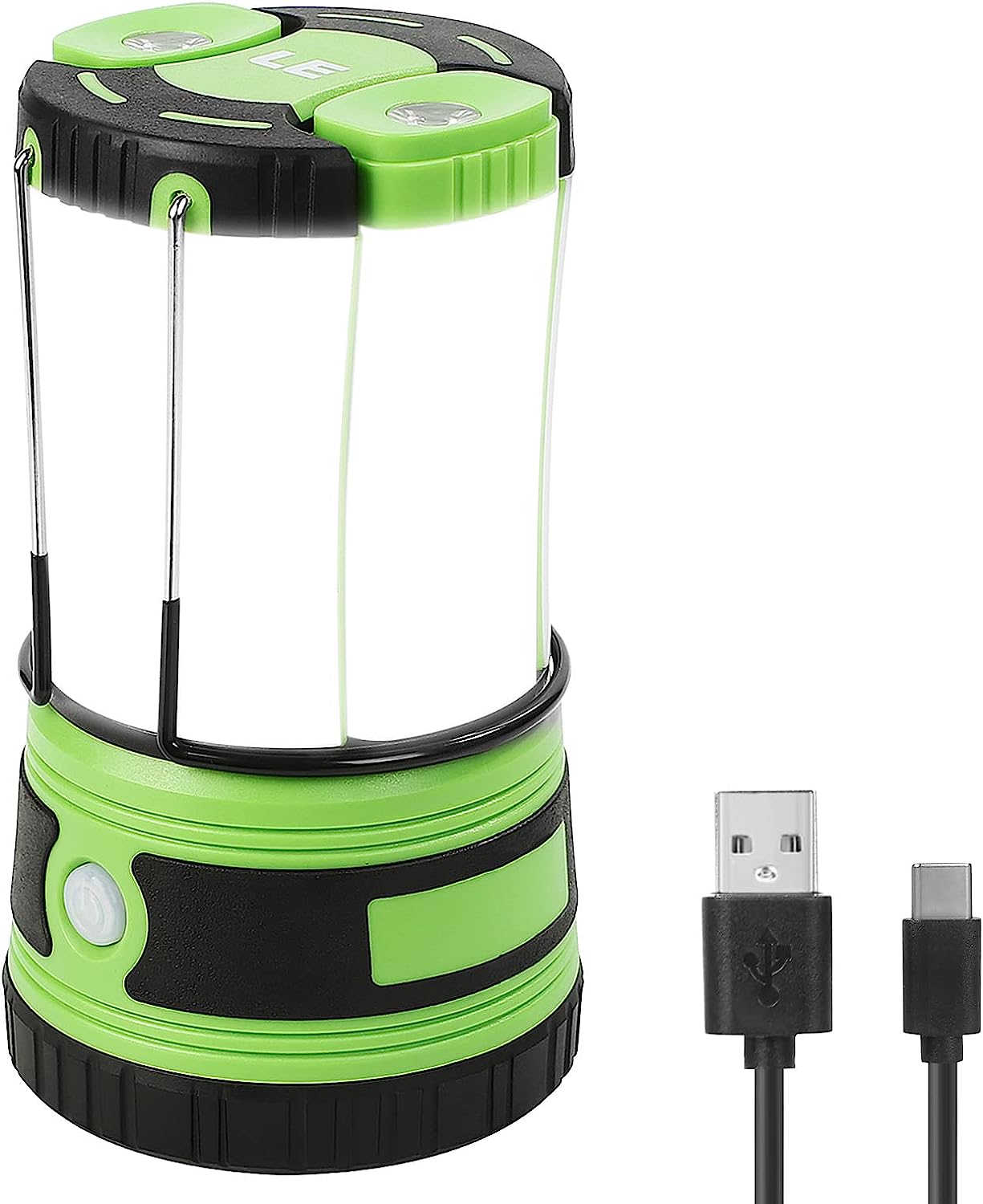
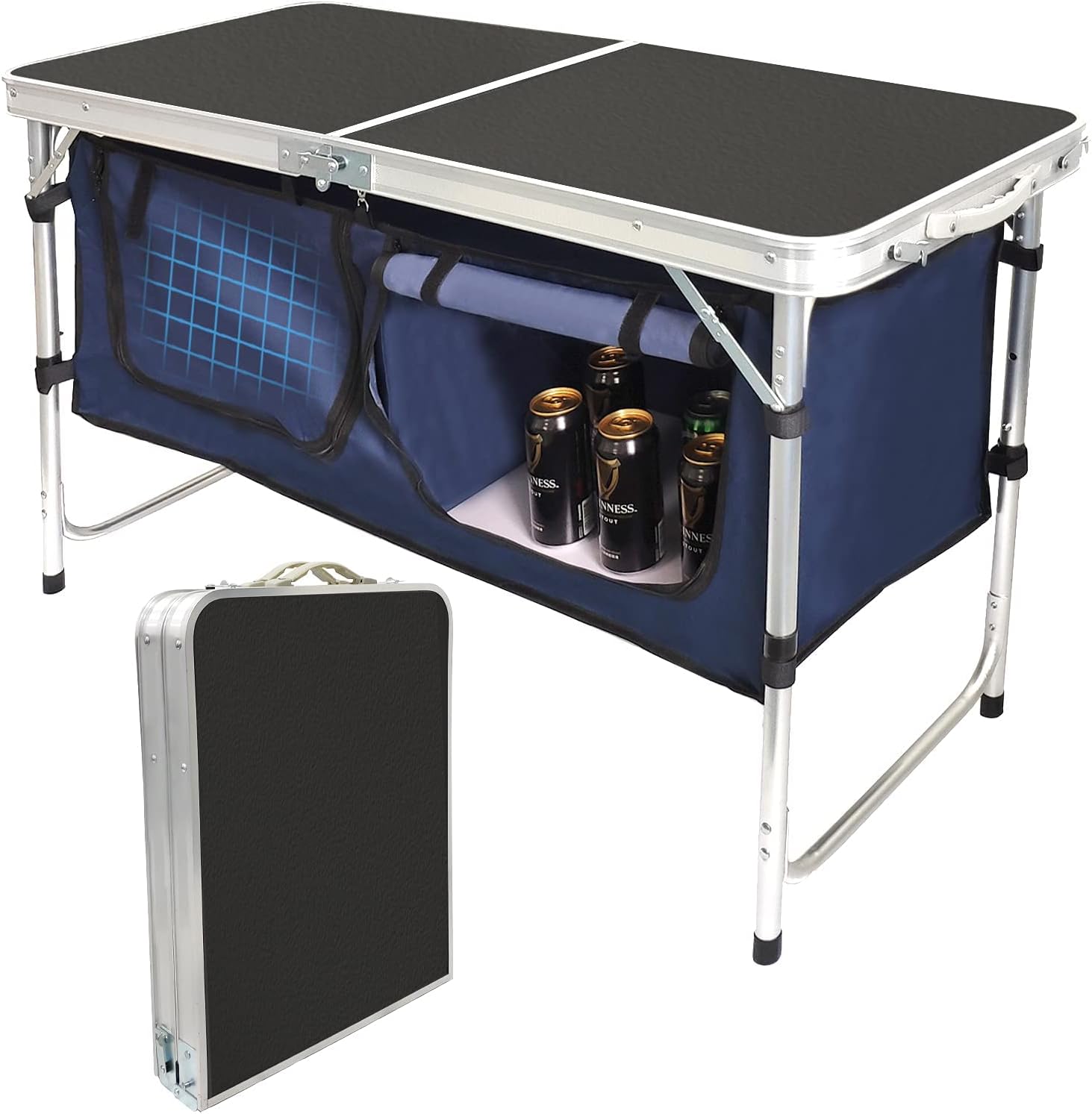
Must-Do Activities
Hike Angels Landing:
This iconic trail is a bucket-list experience for many visitors. The 5.4-mile round trip hike takes you to a breathtaking viewpoint high above Zion Canyon, offering stunning panoramas. Be prepared for steep climbs and narrow ridges, and remember that permits are now required for this popular hike.
Explore The Narrows:
Walking through The Narrows is a unique adventure that allows you to wade through the Virgin River while surrounded by towering canyon walls. The hike can be done as a bottom-up or top-down trek, with the bottom-up route being more accessible. Always check the weather and water conditions before venturing into this stunning slot canyon.
Visit Zion Canyon Scenic Drive:
This picturesque drive takes you through the heart of the park, showcasing its striking rock formations and breathtaking vistas. Several pullouts and overlooks allow you to stop and take in the views, and you can hop on the park shuttle during peak seasons for easy access to trailheads and attractions. Don’t miss the chance to explore the various trails along the drive, including the easy and scenic Canyon Overlook Trail.
Zion National Park History
The history of Zion National Park is deeply intertwined with the cultural and natural history of the region. The area now known as Zion was originally inhabited by Native American tribes, including the Ancestral Puebloans and the Southern Paiutes. These indigenous peoples lived in the region for thousands of years, utilizing the land for hunting, gathering, and farming. Evidence of their presence can be found in the form of petroglyphs, ruins, and other artifacts scattered throughout the park. The Southern Paiutes, in particular, have a strong cultural connection to the land, with the name “Zion” itself derived from a Hebrew word meaning “place of peace” or “sanctuary,” which was adopted by Mormon settlers in the mid-19th century.
In the mid-1800s, Mormon pioneers, led by Isaac Behuin, were some of the first non-Native Americans to explore the area. They recognized the land’s beauty and its potential for settlement, naming it “Zion” after the biblical reference. In 1909, President William Howard Taft established the park as Mukuntuweap National Monument to protect the area’s natural beauty and geological features. The park’s designation was later changed to Zion National Park in 1919 to reflect the significance of the area to both the Mormon community and the larger American public.
